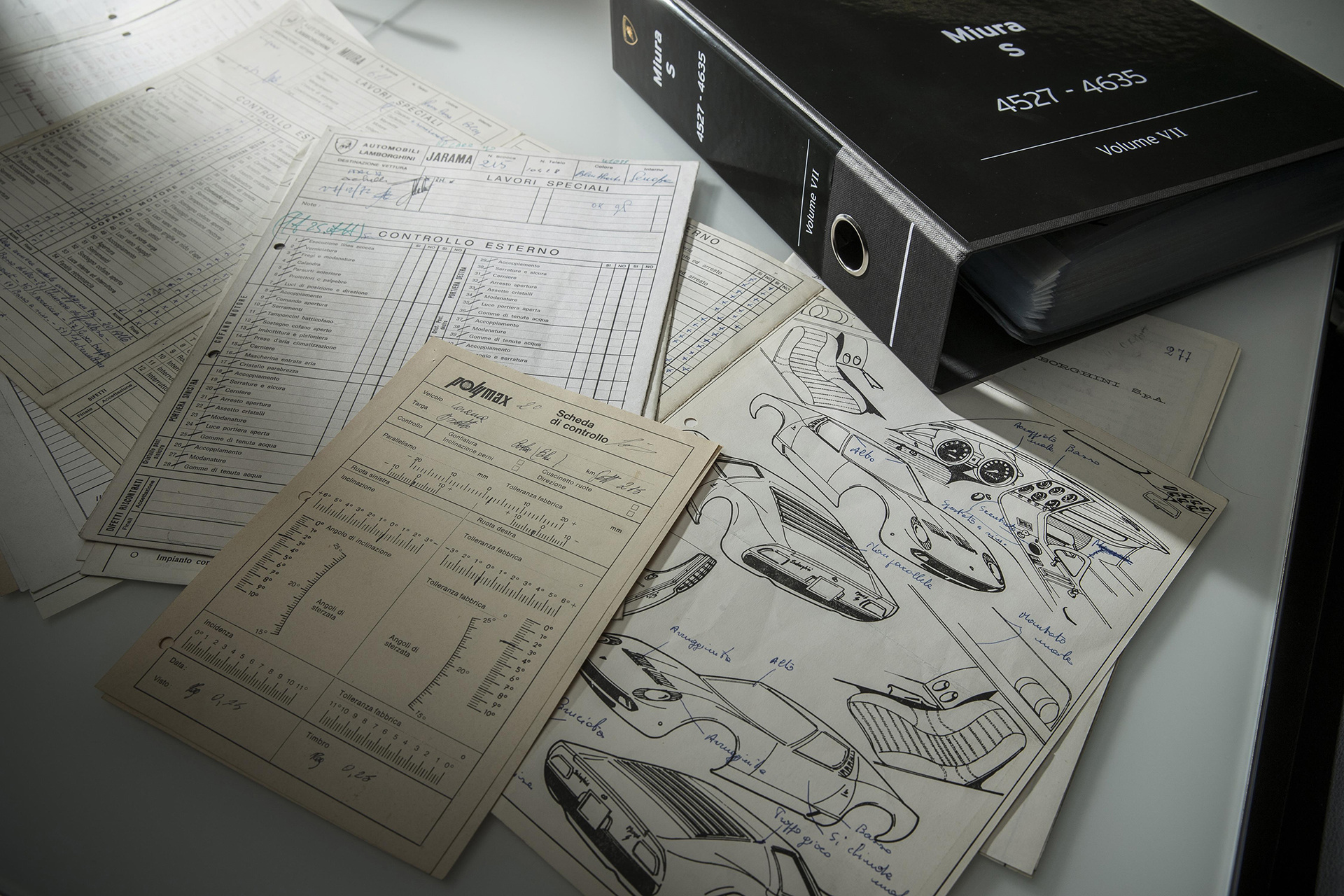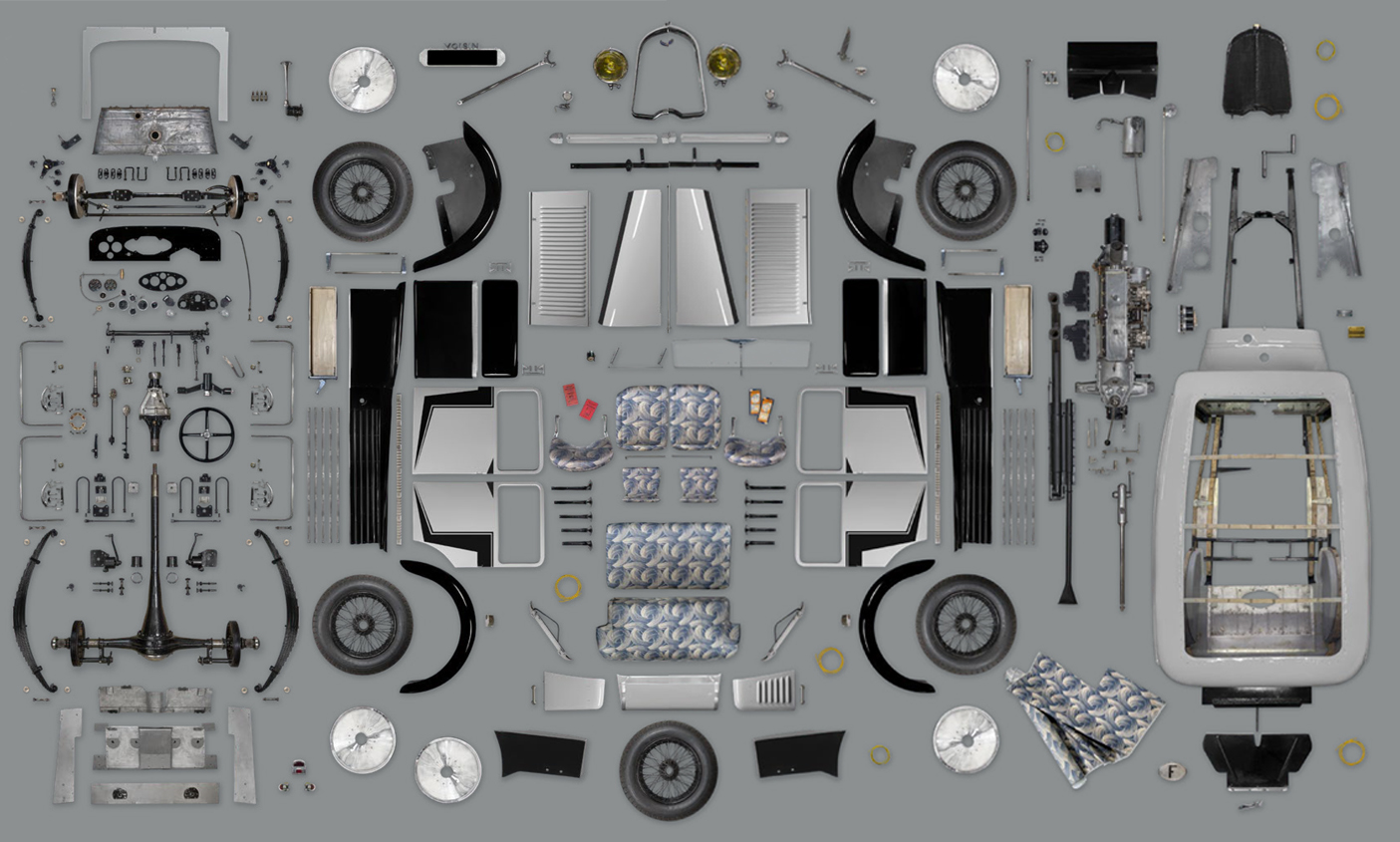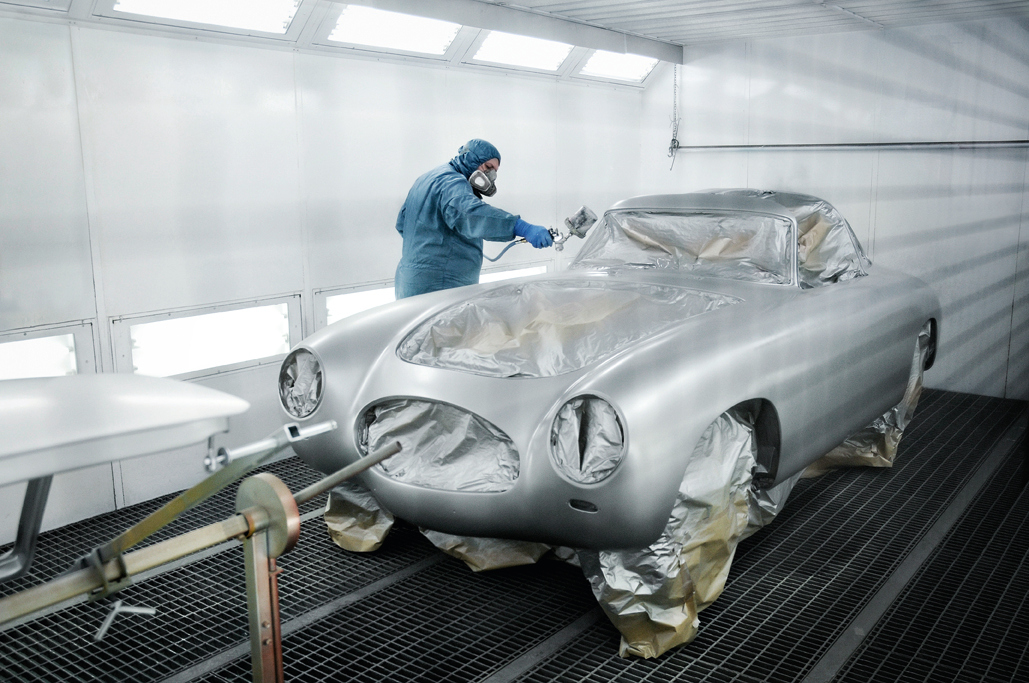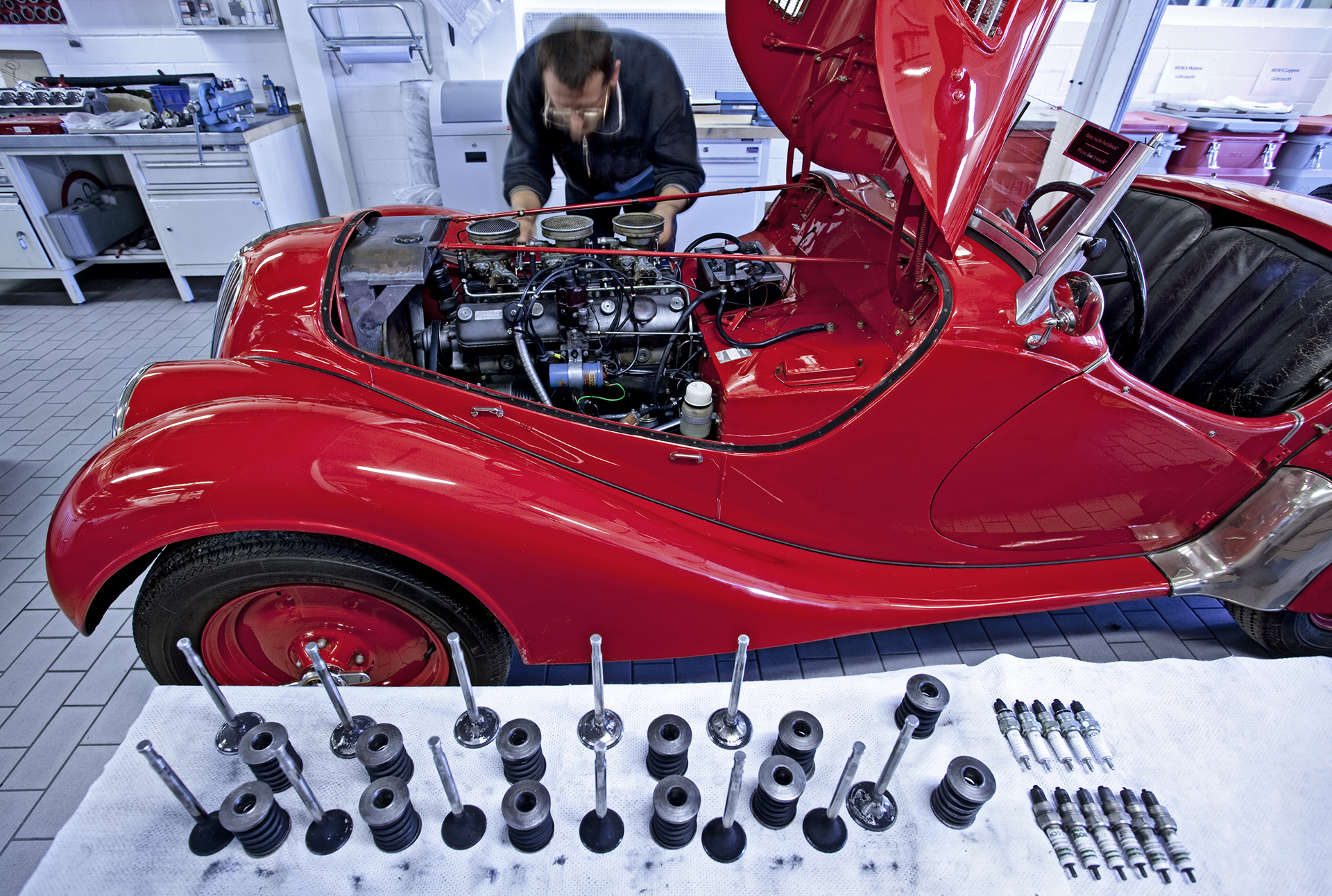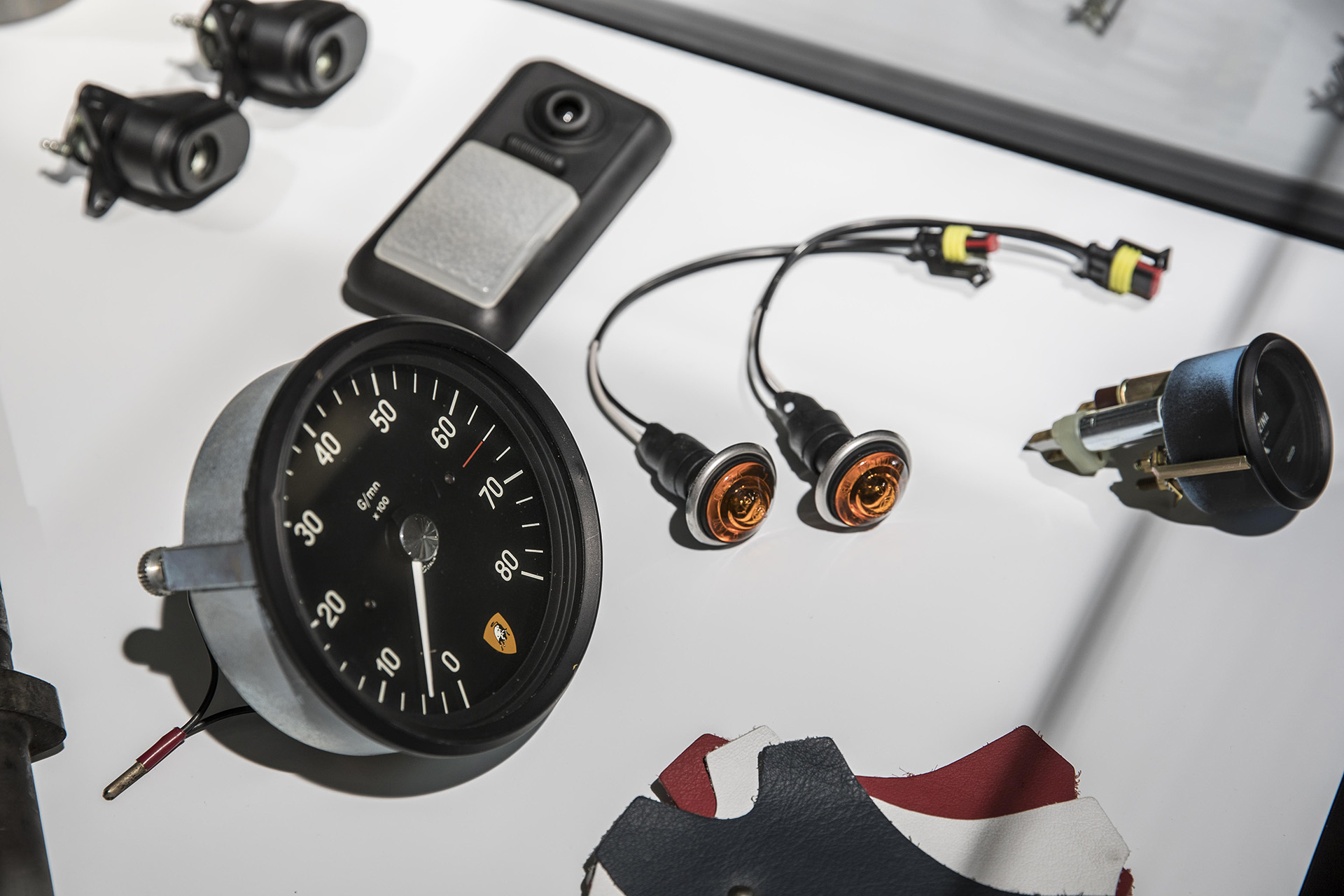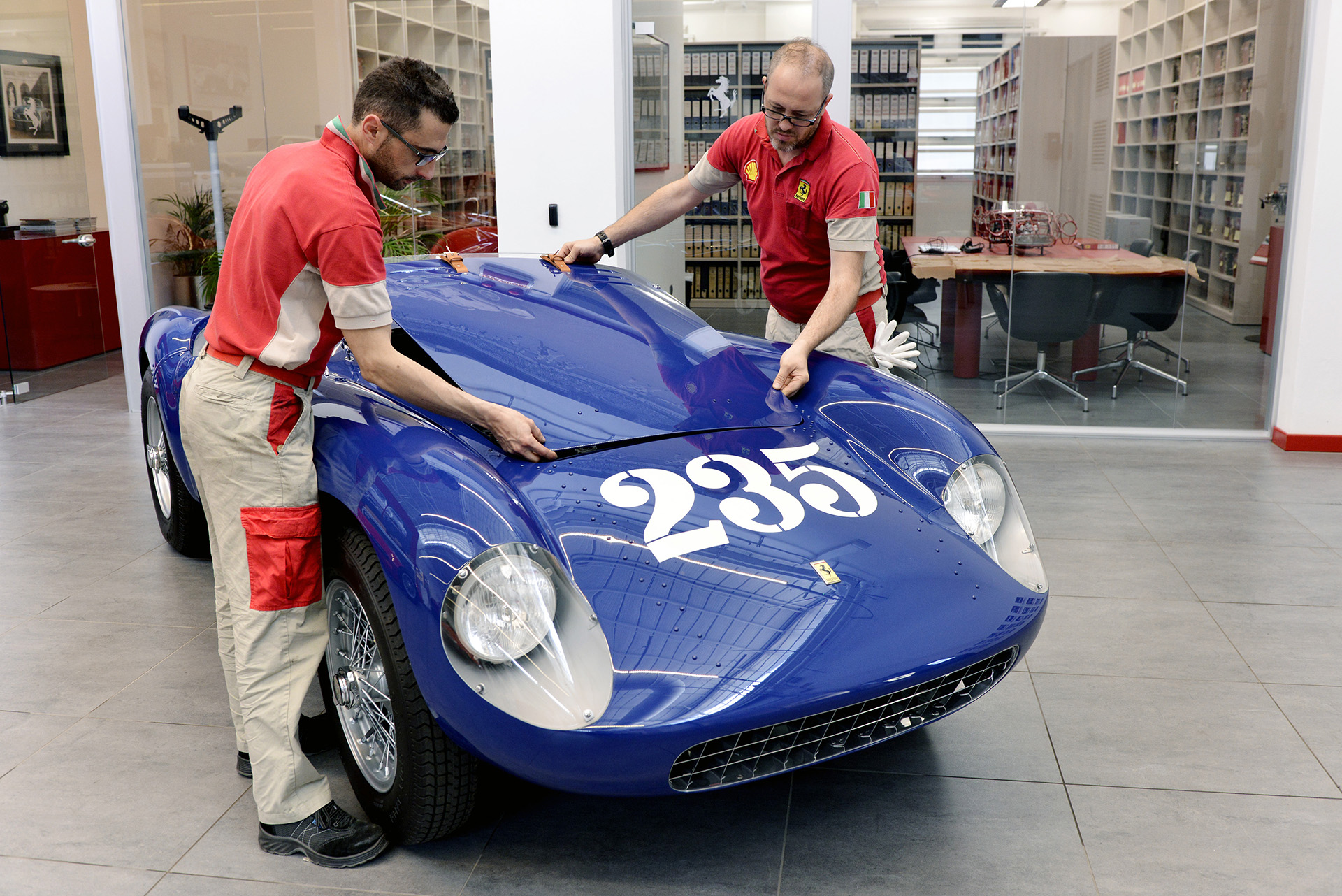Step by Step
Photo credit: Bruno des Gayets, Porsche, BMW, Lamborghini, Ferrari, Mercedes-Benz
Buying a classic car is beginning of a wonderful story if the passion for the car is paired with the determination to return it to its original condition when it was built. A restoration – such a big word – can be just a very detailed check-up that begins with the reconstruction of the life of the car, its owners and its originality. Then there is everything else, starting with sending a request to the manufacturer to discover its original colour, what the interior was like and so on. In this year’s soon-to-be-released The Key, the great collector Corrado Lopresto explains, step by step, the various stages essential to achieving the very best restoration possible. It’s a precious and valuable guide because the value of a car can vary considerably for even the smallest of neglected details.
What are the phases? After carrying out the research as described above, if you want to restore the car to youthful freshness, you must first disassemble it and carefully classify each single piece, then examine the colour to ensure it’s identical to the original, restore the chassis and bodywork and then repaint it. At the same time, the interior goes through its own restoration phase, along with a full in-depth check of the electrical wiring, engine, gearbox and differential. Finally, it’s all carefully reassembled.
